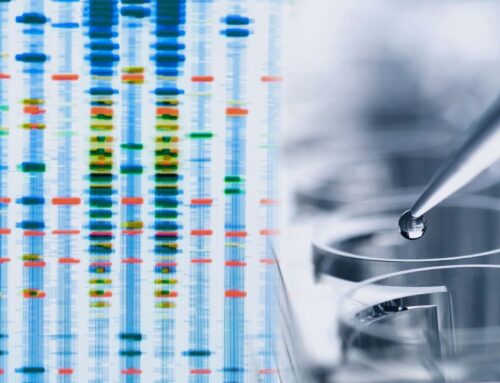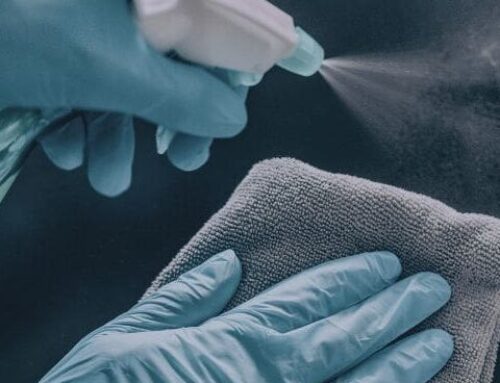February 2022
The United States Environmental Protection Agency (EPA) is the primary regulator of chemical pesticides and pesticidal devices.
EPA defines microorganisms as pests, disinfectants as pesticides, and disinfecting devices as pesticidal devices. Pesticidal devices are not subject to pre-market approval by EPA, though EPA does require data supporting efficacy to be held on file.
Companies that make UV devices must register with the Agency (and several U.S. states), then report how many units are sold each year thereafter. EPA does not generally review or approve data supporting the performance of UV devices before they are sold, so the onus is on infection control practitioners and hospital buyers to ensure the machines are killing microorganisms as promised.
A variety of studies can be used to substantiate UV efficacy, each delivering a different level of scientific certitude in the clinical outcome:
- Dose-response models – The UV dose is measured, then used to estimate device effectiveness in hospitals (may be unreliable).
- Tests conducted in microbiology labs – The rate-of-kill on surfaces is measured for various pathogens under tightly controlled conditions (good to excellent when studies are realistic in nature).
- Environmental effectiveness tests – Hospital rooms are swabbed before and after UV treatment (good to excellent with well designed studies).
- Clinical outcome studies – Identifying reduction in infection rates resulting from UV device usage is calculated (excellent, so long as confounding variables are identified and controlled).
Demonstration of disinfection capabilities through device testing enables UV device manufacturers to legally market and communicate their test results to both end-users and stakeholders. Contact our lab for further inquiry regarding UV disinfection devices by emailing our Custom Testing Team Lead, Emily Cox at emily@microchemlab.comor by visiting our website.
In the United States, hand sanitizers are regulated as drugs by the Food and Drug Administration (FDA). In order to meet the high demand for sanitizers during COVID-19, the FDA published three temporary guidance documents in March of 2020, allowing for flexibility when formulating and manufacturing alcohol-based hand sanitizers.
Effective December 31, 2021, the FDA withdrew these temporary guidance documents due to data showing that consumers and health care professionals are no longer facing difficulties in obtaining alcohol-based sanitizers in large quantities. Therefore, temporary regulatory flexibility is no longer required to help meet market demand.
Products made before the effective December date may still be distributed until March 31, 2022. Alcohol-based hand sanitizer formulators and manufacturers are still able to produce products “as long as long as they comply with all applicable regulatory requirements.” The FDA also provides businesses with a Q&A page to help those in the industry take the proper steps toward labeling, product continuity, rescinding manufacturing processes, and delisting sanitizer products.
We commend the industry leaders and regulatory institutions that continue to help mitigate the effects of COVID-19, and we are eager to navigate that journey together.
If you are new to hand sanitizer testing or are interested in learning more about regulatory affairs, please visit our page Introduction to Hand Sanitizers or contact our laboratory at [email protected].




